Pyridine-2-carboximidamide hydrochloride(CAS# 51285-26-8)
| Hazard Symbols | Xi – Irritant |
| Risk Codes | 36/37/38 – Irritating to eyes, respiratory system and skin. |
| Safety Description | S26 – In case of contact with eyes, rinse immediately with plenty of water and seek medical advice. S36 – Wear suitable protective clothing. S37/39 – Wear suitable gloves and eye/face protection S37 – Wear suitable gloves. |
| HS Code | 29333990 |
| Hazard Class | IRRITANT |
Introduction
2-amidinopyridine hydrochloride is a chemical substance with the chemical formula C6H8N3Cl. The following is a description of its nature, use, preparation and safety information:
Nature:
2-Amidinopyridine hydrochloride is a white or off-white crystalline powder solid, soluble in water and common organic solvents. It has strong alkaline and dehydrating properties.
Use:
2-Amidinopyridine hydrochloride is commonly used as catalyst, reagent and intermediate in chemical research and laboratory. It can be used in organic synthesis reactions, such as as aminating reagents, nitrosation reaction catalysts. In addition, it can also be used as the synthesis of antibiotics, enzyme inhibitors, etc.
Preparation Method:
There are many methods for preparing 2-amidinopyridine hydrochloride, one of the commonly used methods is to react 2-amidinopyridine with hydrochloric acid to obtain 2-amidinopyridine hydrochloride. The specific synthesis steps and conditions may vary, and can be adjusted and optimized according to specific needs and literature.
Safety Information:
2-amidinopyridine hydrochloride in use and handling should pay attention to safety. Due to its strong alkalinity, contact with eyes, skin and mucous membranes should be avoided. Personal protective equipment such as gloves and goggles should be worn during operation. During storage, it should be kept in a dry, well-ventilated place, away from heat and fire sources.
In addition, the use of this chemical must follow laboratory safety procedures and follow the relevant national and regional regulations and regulations. It is very important to know and evaluate the potential dangers in advance. If you encounter any safety problems, please seek professional help.


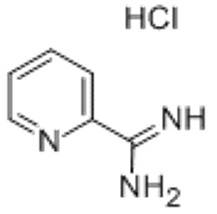
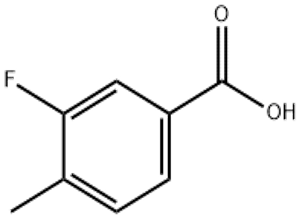
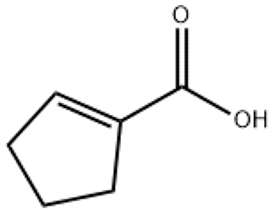
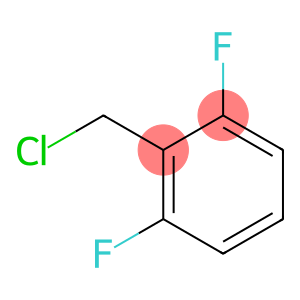

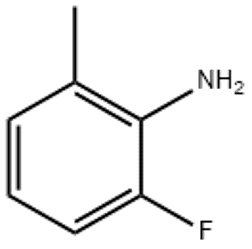
![1-(2 2-Difluoro-benzo[1 3]dioxol-5-yl)-cyclopropanecarboxylicacid(CAS# 862574-88-7)](https://www.xinchem.com/uploads/122Difluorobenzo13dioxol5ylcyclopropanecarboxylicacid.png)